USFS Issues Old Growth Technical and Reforestation Strategy Reports
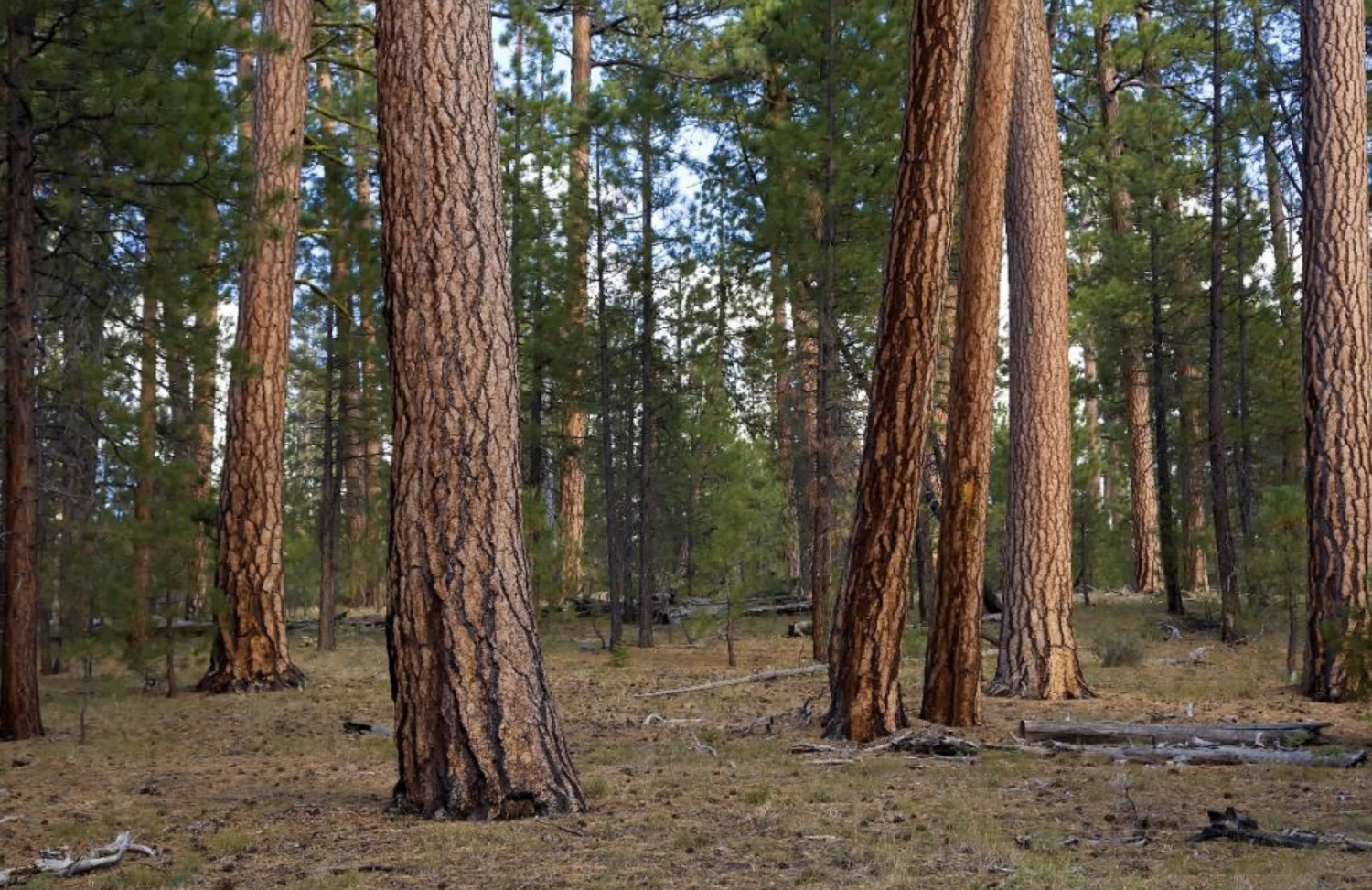
USFS Issues Old Growth Technical and Reforestation Strategy Reports
USDA Forest Service and the U.S. Department of the Interior have worked together on two reports required under Executive Order 14072 (4/27/2022) that calls for strengthening the nation’s forests, communities, and local economies.
Mature and Old-Growth Forests: Definition, Identification, and Initial Inventory on Lands Managed by the Forest Service and Bureau of Land Management contains the first national inventory of old-growth and mature forests on these lands.
Reforestation Goals and Assessments, and a Climate-Informed Plan to Increase Federal Seed and Nursery Capacity in which DOI and USDA outline an agency-specific target to reforest over 2.3 million acres nationwide by 2030. The report also includes an opportunity assessment of voluntary reforestation (in acres) through federal programs and partnerships.
State and Federal Agencies Make Significant Investments in Urban Greening
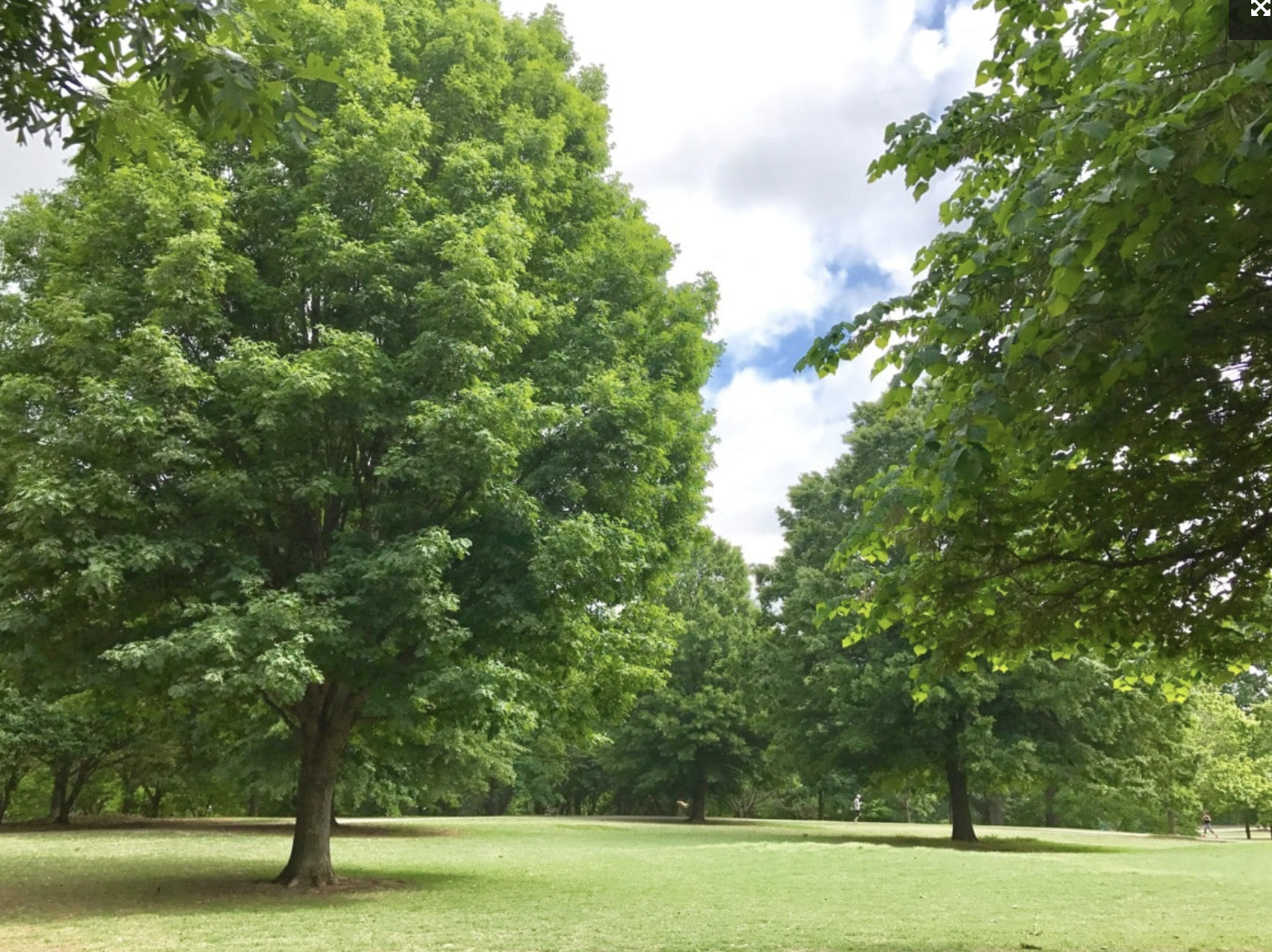
State and Federal Agencies Make Significant Investments in Urban Greening
USFS Grants Will Increase Equitable Access to Urban Tree Canopy: The U.S. Forest Service is requesting proposals from entities that are working to provide equitable access to trees and green spaces and the benefits they provide. The funding, made possible by the Inflation Reduction Act, is part of a $1.5 billion investment in the USFS’ Urban and Community Forestry Program. Of the total funding, the USFS is allocating nearly $47 million directly to the Pacific Southwest Region — $43.2 million to California. The application period ends June 1.
CNRA Invests Over $47 Million in Urban Greening: On April 6, the California Natural Resources Agency (CNRA) awarded 23 grants totaling $47.5 million through the Urban Greening Grant Program. The selected projects will create more sustainable communities by using natural and green infrastructure approaches, such as replacing schoolyard asphalt with native trees, plants, pollinator gardens and nature-based outdoor play areas, restoring wetlands or riparian corridors, or constructing new commuter paths to reduce vehicles miles traveled.
Wildfire & Forest Resilience Treatment Tracking and Mapping
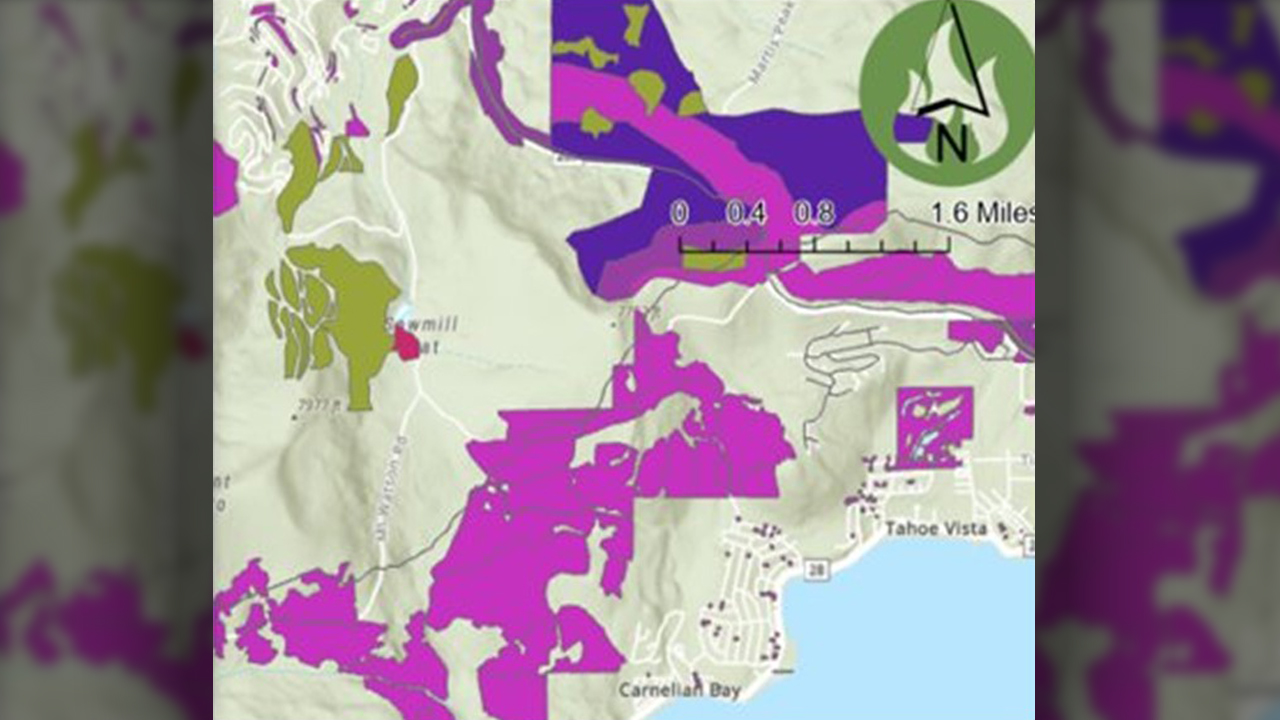
Wildfire & Forest Resilience Treatment Tracking and Mapping
At the March 30 Task Force meeting, the Task Force’s Monitoring, Reporting and Assessment Work Group gave an update on their efforts to build an interagency treatment tracker. The group is assembling federal, state, local, private data on planned, active, and completed projects statewide, including those on forests, grasslands, shrublands, and covering approximately 60 different activities (type of work completed). The goals include tracking progress toward state/federal acreage targets; facilitating regional planning and monitoring; and assessing benefits/costs beyond “acres treated.” The Task Force anticipates having a publicly available treatment tracking map and dashboard by summer 2023.
RESOURCES
Planscape now lives on the Task Force website
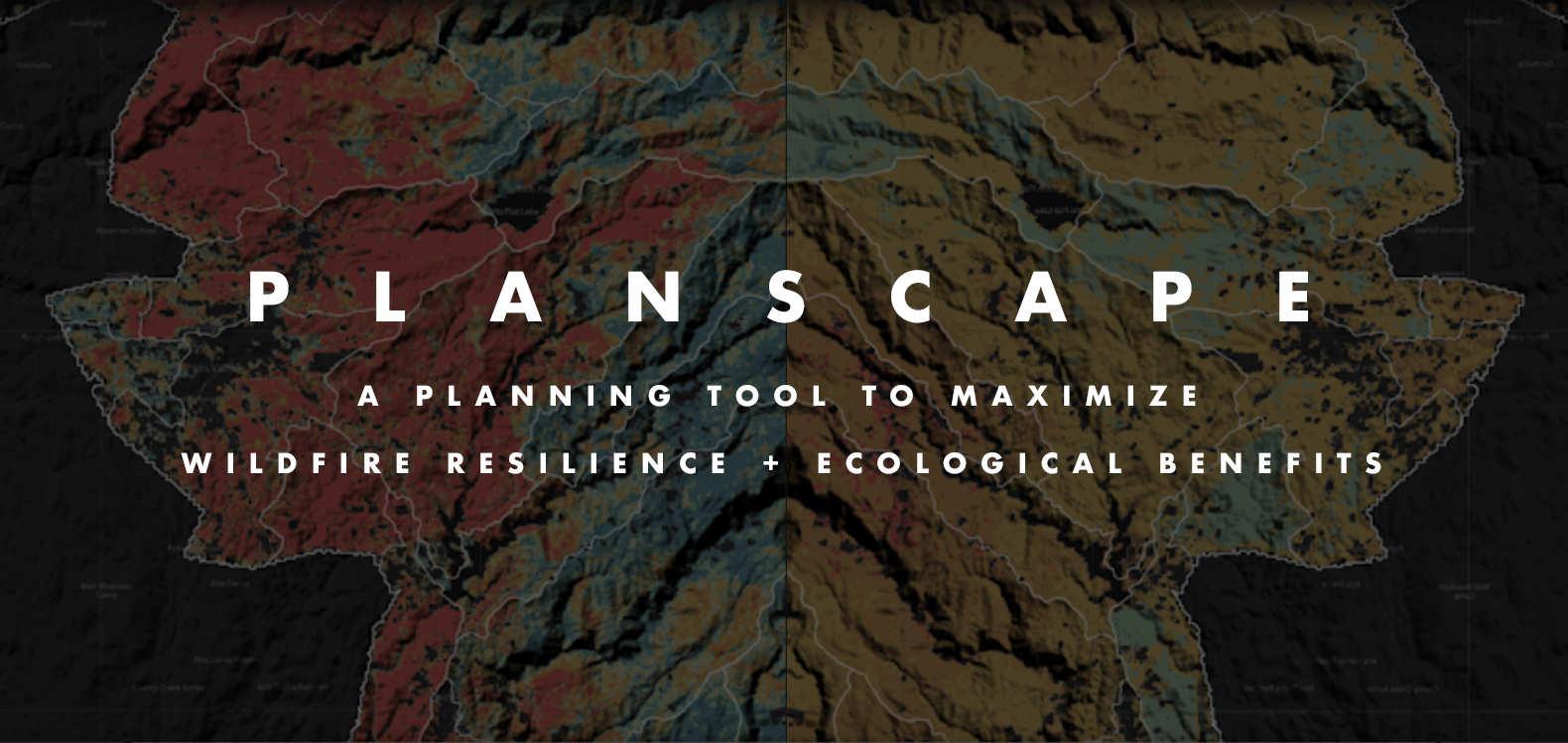
Planscape Now Lives on the Task Force Website
A collaborative effort between CA Natural Resources Agency, USFS, UC Berkeley, Spatial Informatics Group and Google.org, Planscape is a decision support tool that empowers regional planners to prioritize resilience treatments across the landscape and inform the funding process. Planscape partners provided a demonstration of the tool at the March 30 Task Force meeting. This version of the tool is available for beta testing, with the region-specific scenarios released this summer through fall.
RESOURCES
California's Year in Fire
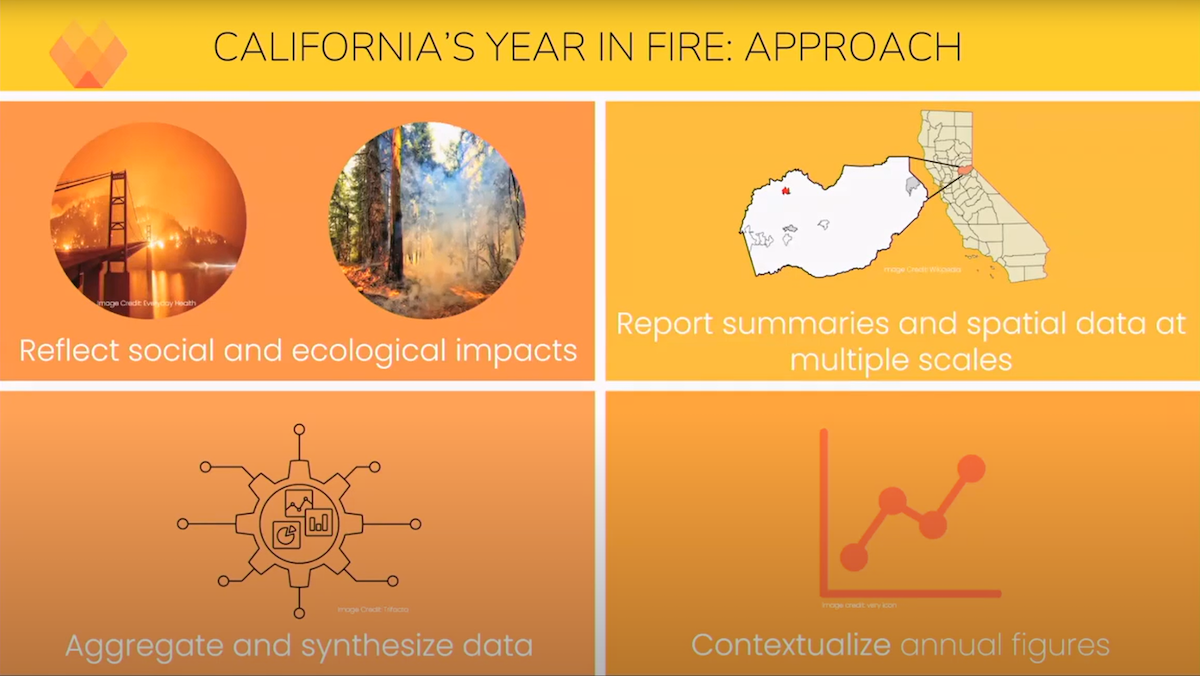
California's Year in Fire
One of the highlights from the March 30 Task Force meeting was a preview of the Annual Wildfire Data Explorer which depicts California’s Year in Fire. A project of the Climate and Wildfire Institute, UC Berkeley’s Center for Law, Energy & the Environment and the Gordon and Betty Moore Foundation, California’s Year in Fire is a framework that works to more comprehensively account for annual wildfire impacts on social and ecological systems. This project will help decision makers better understand how wildfire impacts are trending and identify areas where we need additional investment. Next step in this project is to finalize the documentation for public review, with the results eventually housed on a public-facing website, updated annually. Sign up for updates.
USFS Invests Nearly $200M to Reduce Wildfire Risk to Communities
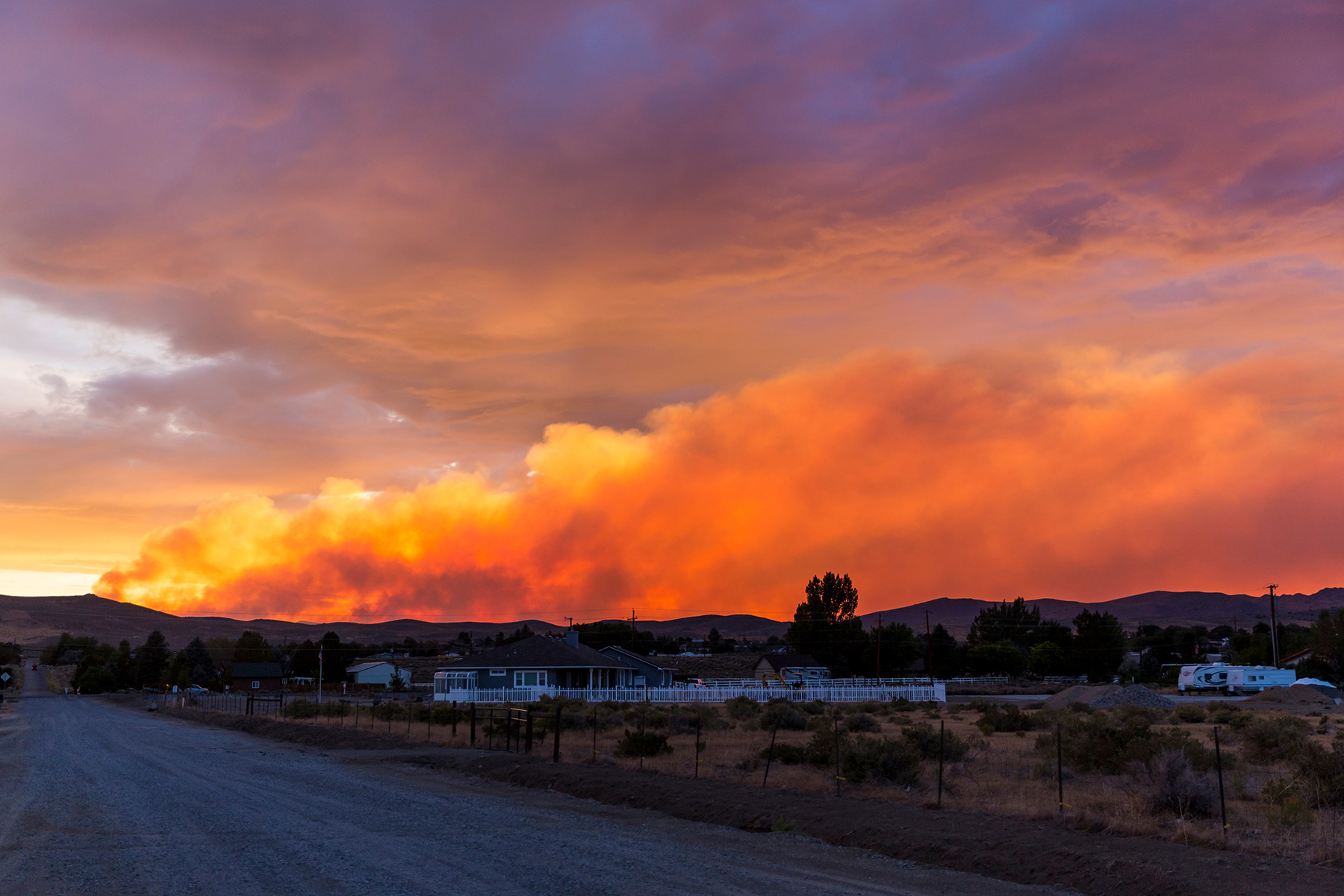
USFS Invests Nearly $200M to Reduce Wildfire Risk to Communities
USFS Invests Nearly $200M from the Bipartisan Infrastructure Law to Reduce Wildfire Risk to Communities across State, Private and Tribal Lands: On March 20, Agriculture Secretary Tom Vilsack announced $197M in funding for 100 projects across 22 states and seven tribes as part of the Community Wildfire Defense Grant program. Grants to California counties, cities and tribes totaled over $97M across 22 projects including: $10M in Tuolumne County; nearly $10M in Siskiyou County; $9.9M in Lake County; $7.2 M to the City of Ukiah and Mendocino County; $6.8 in Plumas County; and $6.4M in Butte County. Originally announced in 2022, the Community Wildfire Defense Grant Program makes $1 billion available over five years to assist communities impacted by severe disaster, those with high or very high wildfire hazard potential or classified as low income.
RESOURCES
NRCS California Plans Expanded Conservation Investments
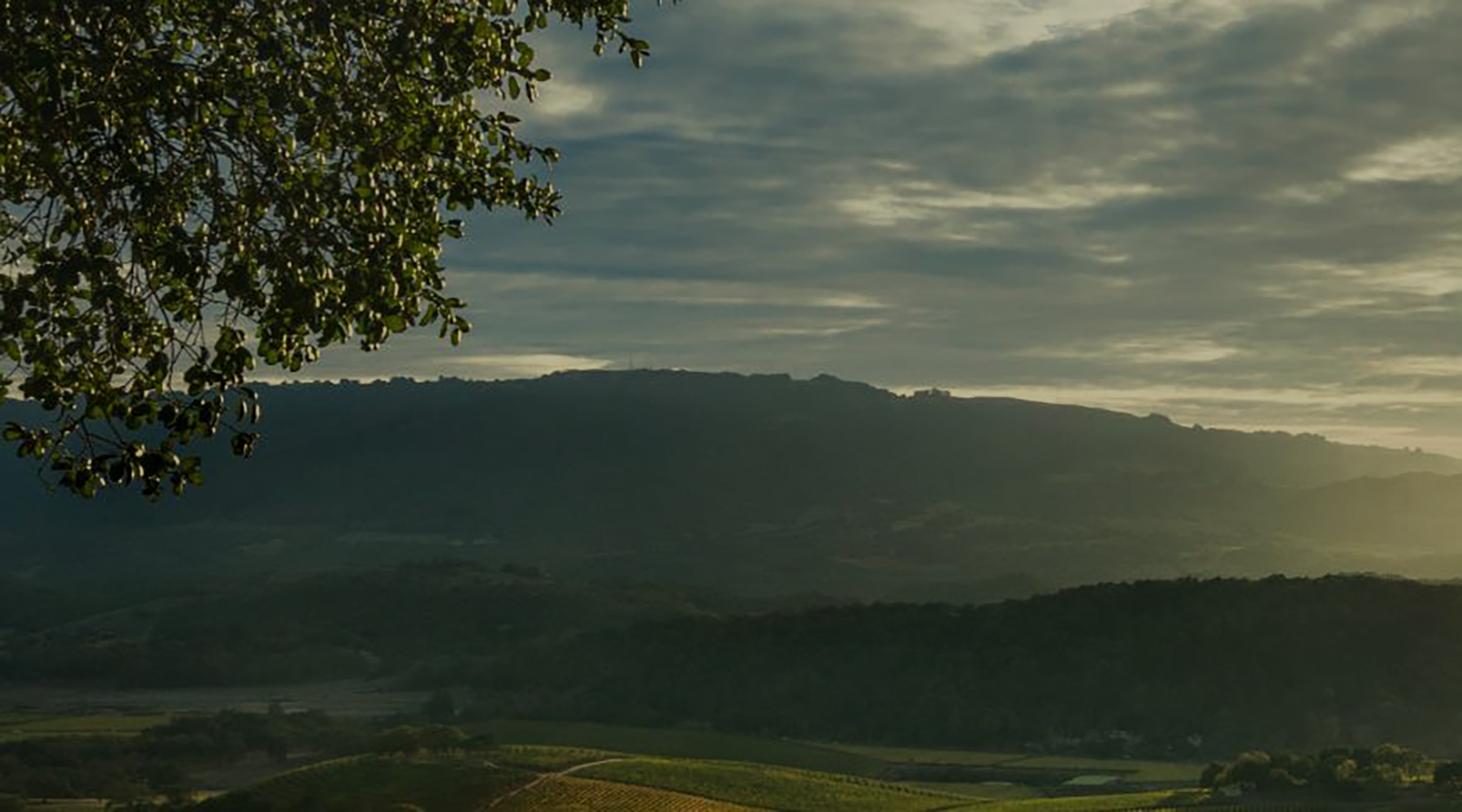
NRCS California Plans Expanded Conservation Investments
NRCS California announced a 2023 investment of over $20 million for climate-smart agriculture practices and forest resiliency in California, including $6.8 million for the Environmental Quality Incentives Program; $5.2 million for the Conservation Stewardship Program; and $7.6 million for the Conservation Technical Assistance Program. These additional investments flow from the Inflation Reduction Act – from which hundreds of millions of dollars more will appropriated over the next five years. This investment is above NRCS California’s annual $125 million investment through the Environmental Quality Incentives Program, Conservation Stewardship Program, Wetland Reserve Easements program, and other NRCS programs.
The deadline to apply for this NRCS California IRA funding is March 17, 2023. Please visit your local NRCS service center to apply, which can be found by clicking here.
California’s Joint Strategy for Sustainable Outdoor Recreation & Wildfire Resilience
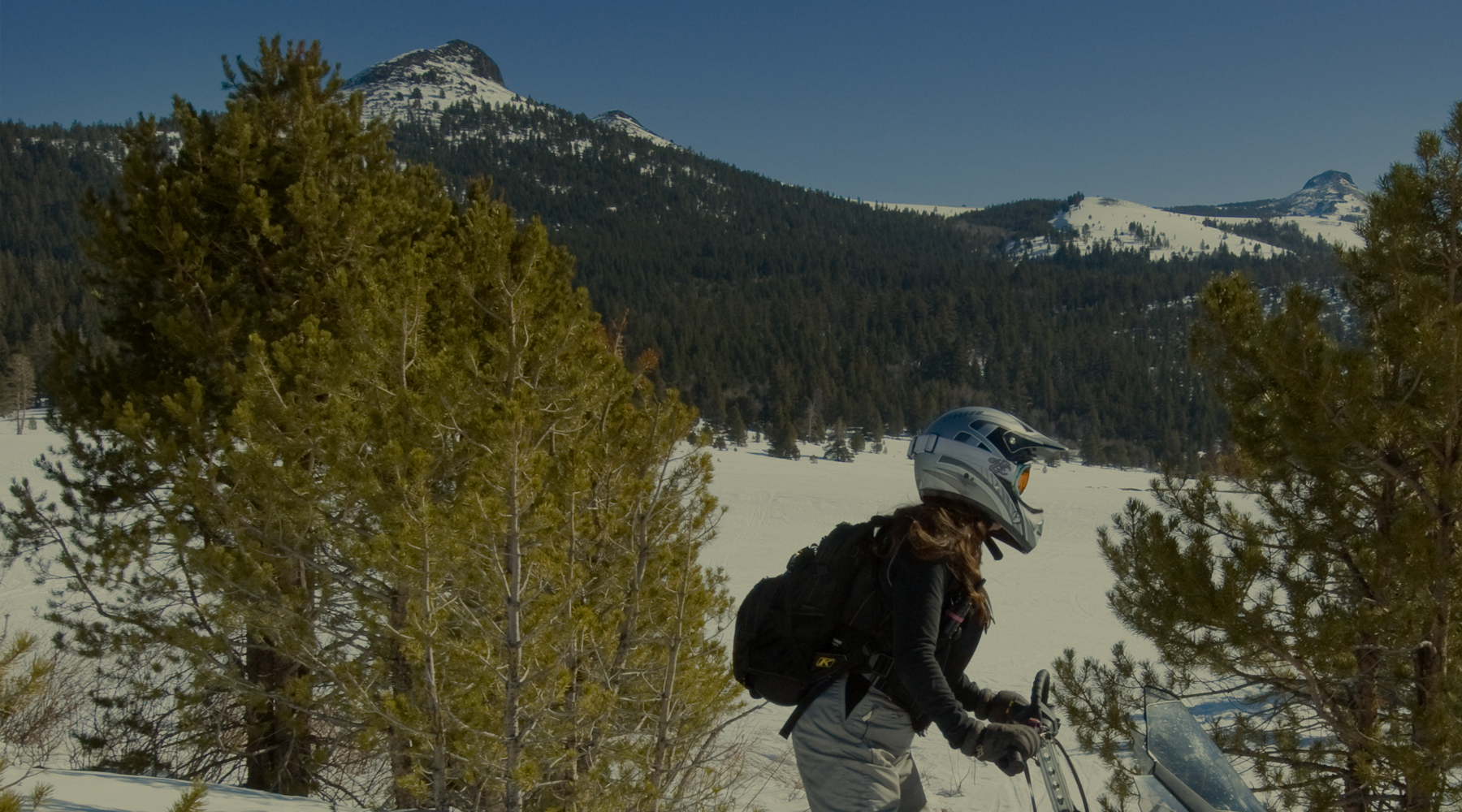
California’s Joint Strategy for Sustainable Outdoor Recreation & Wildfire Resilience
This Joint Strategy, developed by the Task Force Sustainable & Accessible Recreation Key Working Group, provides a roadmap for improved access to sustainable outdoor recreation, with a focus on areas where wildfires are impacting those opportunities throughout California.
RESOURCES
Public Comment Sought on Proposal to List California Spotted Owl
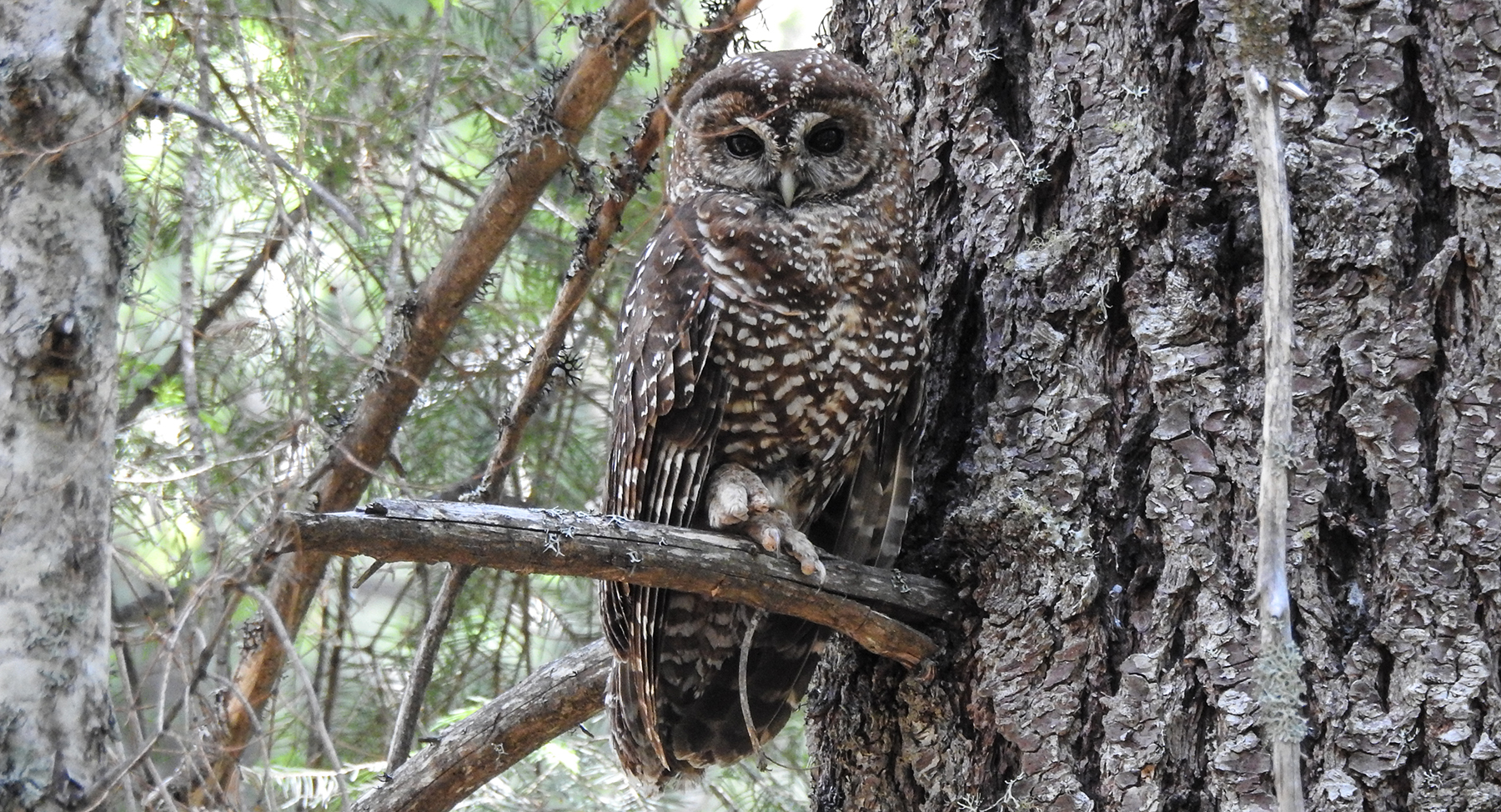
Photo Courtesy of Anastasia Stanish
Public Comment Sought on Proposal to List California Spotted Owl
The U.S. Fish and Wildlife Service (USFWS) is proposing to list two distinct population of the California Spotted Owl under the Endangered Species Act: the Coastal-Southern California DPS as endangered and the Sierra Nevada DPS as threatened. As part of this proposed listing, USFWS is including a 4(d) rule for the Sierra Nevada DPS that exempts the prohibition of take under the ESA for forest fuels management activities that reduce the risk of large-scale high-severity wildfire. USFWS is seeking public comment on the proposed rule through April 24.
USDA Invests More than $48.6 Million to Manage Risks, Combat Climate Change
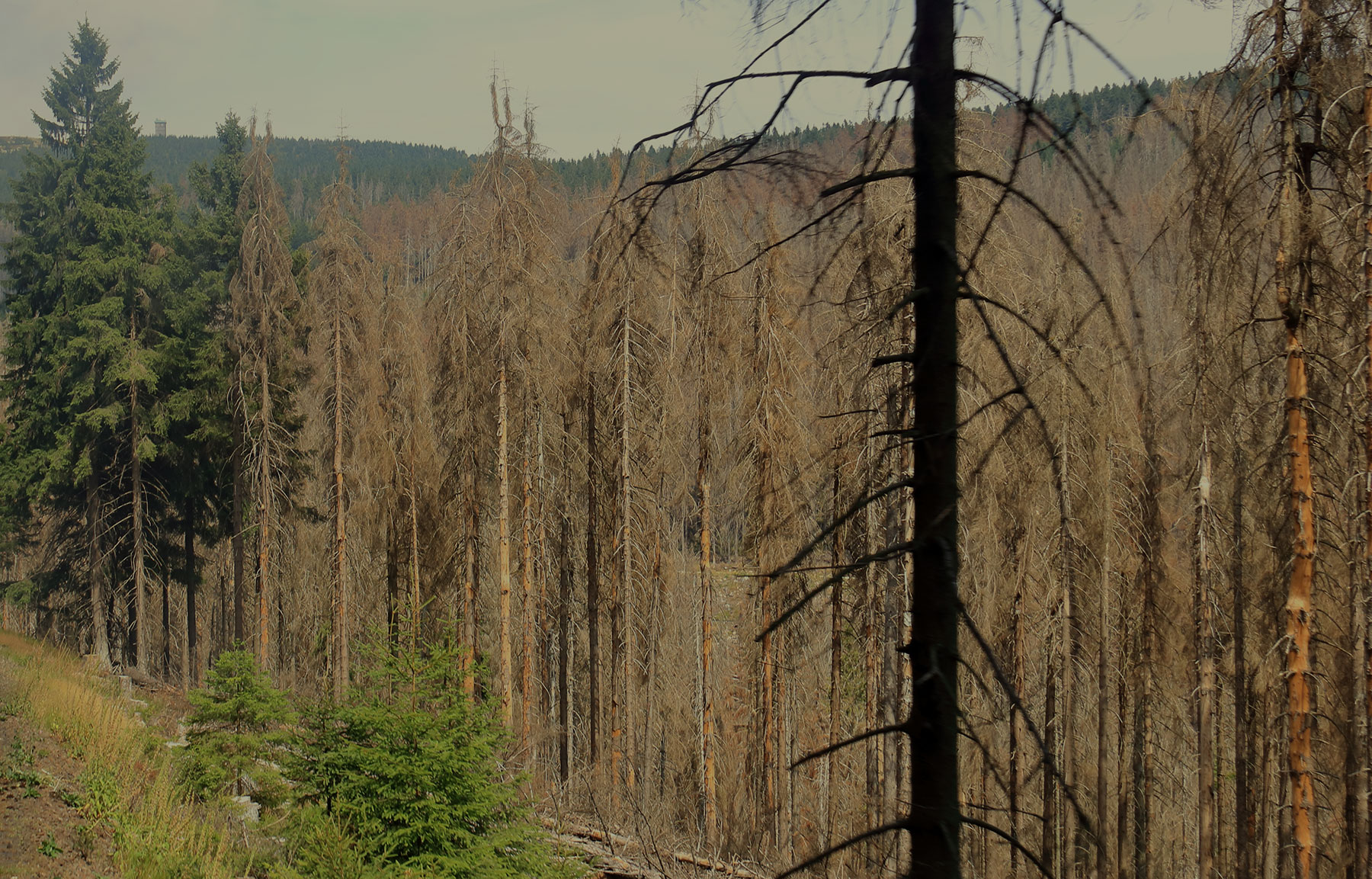
USDA Invests More than $48.6 Million to Manage Risks, Combat Climate Change
USDA will invest more than $48.6 million this year through the Joint Chief’s Landscape Restoration Partnership for 14 projects that mitigate wildfire risk, improve water quality, restore forest ecosystems, and ultimately contribute to USDA’s efforts to combat climate change. Under the Joint Chiefs’ Partnership, the USDA Forest Service (USFS) and Natural Resources Conservation Service (NRCS) co-invest in areas where public forests and grasslands intersect with privately-owned lands. An award of $3.3 million was awarded to a phase three project focused on fire resilience in Trinity County. The project will address high-risk cross-boundary threats by strategically treating forests on both private and national forestlands, and it will address new threats created by 2020 and 2021 wildfires.
